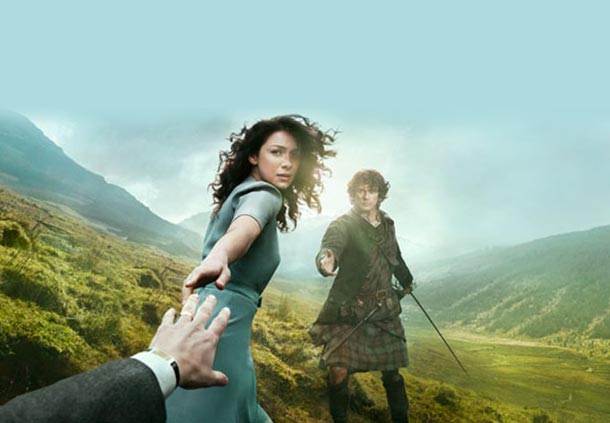What If Your Future Was Your Past?
25th Mar 2015
The books have become not just a success, but more of a phenomenon. The time travelling tales of Claire and Jamie have not only captured the imaginations, but have brought many to an unexpected interest in Scotland and Scottish history, and will no doubt result in an increase of visitors wishing to explore the landscapes of the past so richly described in Gabaldon’s books. But what is Outlander, and why has it had such an impact on visitors to Scotland?
To the uninitiated, the Outlander novels may require a little explanation. It is the tale of Claire Randall, the English wife of an Oxford don, who goes on a second honeymoon to Inverness, in the aftermath years of the Second World War. She finds herself at a stone circle, and following an ancient ritual slips through a gap in the stones, and back in time to the eighteenth century, to an era of turbulence and uncertainty, and of clan troubles and Jacobite uprisings. She meets with Jamie Fraser, an outlaw with a price on his head (and an obliging space in his bed), who she is needs to marry to avoid being captured by the Government forces as a spy. What follows are multiple books of historical adventuring, leading our heroes from the Highlands of Scotland to Edinburgh, to Culloden, to and from France, and eventually to the brave new world of the Americas.
But what has stemmed the mass appeal of these admittedly readable books? Undoubtedly the romantic tale of the lead characters has an undeniable appeal; the feisty educated twentieth century woman butting horns with an eighteenth century traditional, brave, (and let’s face it, meltingly attractive) Highlander, will always appeal to a mass market, but there’s more to Outlander than a ravishing Mills and Boon style adventure. The books are well researched, and in the main, reflect well on the social conditions and political turbulence of the uncertain present of eighteenth century Scotland. When the plot of the second book in the series, Dragonfly in Amber decamps to Edinburgh, the descriptions of the social conditions could be taken from any reliable text of the time. She describes a time when overcrowding was endemic, and when human waste could still be thrown from the windows of tenements with the merest cry of “Gardyloo!” In Dragonfly in Amber she describes her landscape:
Catarrh settled on Edinburgh like the cloud of cold rain that masked the Castle from sight on its hill. Water ran day and night in the street, and if the cobbles were temporarily clean of sewage, the relief from the stench was more than made up for by the splatter of expectations that slimed every close and wynd, and the choking cloud of fireplace smoke that filled every room from waist height to ceiling...the prevailing horror of fresh air kept everyone indoors...I stepped gingerly aside to avoid a substantial puddle of filth, left by the emptying of chamber pots overhead, awaiting removal by the next hard rain.
Her descriptions of social conditions are staggeringly accurate, as are her abilities to bring events many have only seen in the horrors of school history books to terrifying life. The battle of Culloden is shot into painfully cruel focus, as are the near starvation hardships of the Highlands, and the lavish extravagances of the French court. But most striking of all are her descriptions of the landscapes of Scotland. The rolling hills, the cruel winds, even the midges, are portrayed with a level of detail that can only persuade the reader that they have to be viewed first hand, albeit with a handy bottle of calamine lotion to hand for those irritating bites.
But how will this affect the visitor experience for those coming to Scotland, especially those coming to see the land of Jamie and Claire?
The hills and lochs of the Highlands need little explanation, their intrinsic poetry and wild beauty speaks for itself. But in cities such as Edinburgh where the layers of modernity need stripped back, it sometimes requires a little explanation, and imaginative telling. But the story is there, and the history is here. And to quote Diana Gabaldon, what if your future was the past? For all of us involved in the telling of Scotland’s history, this will always be the case. And the works of Gabaldon, and many more like her, are an important part of that future. She may have told her story, but it is up to us, to explain the historical tale which provides its backbone.
After all, history is a damn good story, what it needs is a damn good telling.
I'll look forward to seeing you at the Mercat Cross!
Gillian, Outlander Guide and #1 Jamie Fan
*Our Edinburgh Outlander Experience runs weekly, guaranteed, from April - more info and tickets here.

